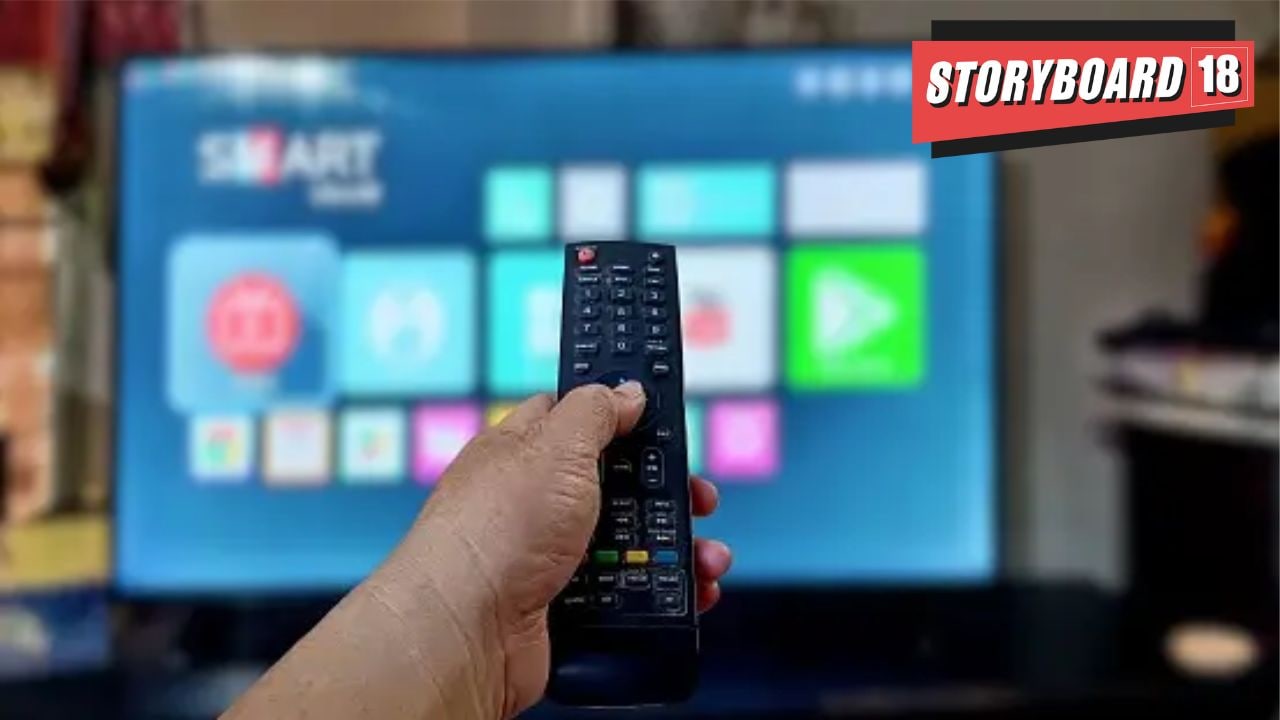At a recent virtual roundtable, Dan Taylor, Google’s Vice President of Global Advertising Strategy, emphasized how the company’s growing investment in artificial intelligence is reshaping not just search and shopping, but the very screens consumers now favor for entertainment and discovery. Chief among them is the connected television.
Read more: Inside CTV’s explosion: How brands are leveraging immersive storytelling and data
Read more: Google’s Dan Taylor on how AI is redefining the ad playbook
“YouTube is now the most-watched streaming service on CTV in India and Japan,” Taylor noted, citing data that reflects a broader trend across Asia-Pacific. In countries like Taiwan, India, and Japan, YouTube CTV viewership has doubled or even tripled over the past few years. And globally, viewers consume more than one billion hours of YouTube content daily on TV screens.
This shift highlights a fundamental reordering of media habits. In India, for example, 85 percent of viewers now prefer YouTube on connected televisions over traditional linear programming. Over half of these viewers spend more than 21 minutes per session on the platform – an engagement window advertisers are increasingly eager to tap into.
Taylor pointed to this moment as a convergence of technological capability and evolving audience behavior. ‘Consumer attention is no longer confined to mobile phones or desktops. Streaming on smart TVs is not just entertainment, it’s now a key point of product discovery,’ he said.
At the heart of Google’s CTV strategy is AI. From content creation to campaign optimization, the tech giant is doubling down on automation and generative tools. Taylor highlighted the rollout of ImageN3, part of the Gemini AI suite, which enables advertisers to generate customized images—including lifelike faces—via simple text prompts. This feature is already live across Performance Max, Display, and other ad formats, including CTV.
AI isn’t just accelerating creativity; it’s changing the scale at which we can reach people in the moments that matter, Taylor noted. And CTV is one of those moments, he added.
Indeed, YouTube’s positioning on connected TVs aligns with broader advertising momentum. According to Google, Shorts ads on CTV are outperforming traditional formats in engagement and relevance. The company’s data suggests viewers don’t just tolerate CTV ads – they find them more enjoyable and contextually appropriate than ads on other platforms.
This preference has not gone unnoticed by advertisers. Brands are increasingly weaving CTV into their media strategies, with Puma seeing a 66 percent higher return on investment from AI-powered Google Ads campaigns compared to other channels.
CTV’s rise also dovetails with an evolving search ecosystem. While traditional search remains foundational, Taylor pointed out that behaviors are becoming increasingly “multi-modal.” A paused YouTube video might lead to a purchase. A still image might spark a search. Google Lens now processes over 20 billion visual queries per month, one in four with commercial intent.
In this fluid environment, marketers face a daunting challenge – keep up with consumers whose journeys from discovery to decision span devices, platforms, and formats. For Google, the answer lies in AI.
Google is an AI-first company, Taylor reiterated, stating that the tech giant brings a full-stack approach—research, infrastructure, and scale. That extends directly into advertising, including how they show up on CTV.
It’s a message that resonates in a market where traditional media planning is losing ground to real-time, responsive, AI-enhanced strategy. And for a growing segment of viewers, the big screen in the living room is no longer just for passive viewing – it’s becoming the next frontier of digital commerce.
